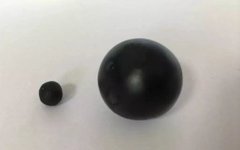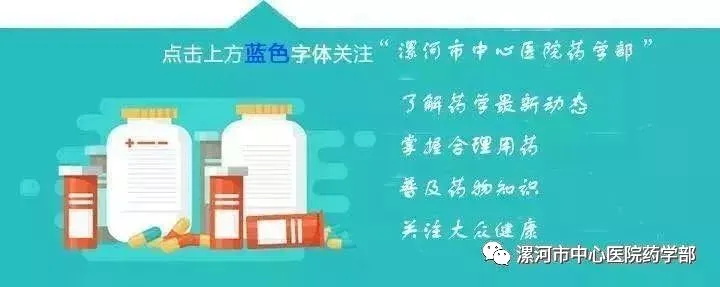
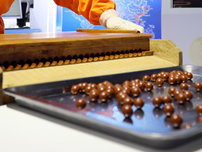
We know that medicines come in various forms depending on the manufacturing process, with common types including tablets, pills, pastes, granules, and capsules. With the continuous advancement of technology, the medicines produced have become increasingly convenient for people to take. So why does the “Da Mi Wan” (Large Honey Pill) exist, which some might consider a “counterintuitive” design? Today, we will explore this and teach you how to use Da Mi Wan correctly.
How Big is Da Mi Wan?
Da Mi Wan is a type of pill made from finely powdered medicinal materials, using honey as a binding agent. Each pill typically weighs 3g, 6g, 9g, or 10g. To give everyone a more intuitive sense of the different types of pills, we have compared a Shui Mi Wan (Water Honey Pill) with a Da Mi Wan.
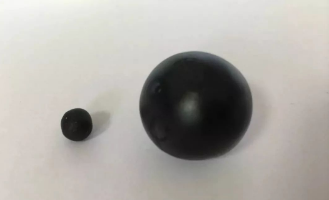
Why Are These Pills Made So Large?
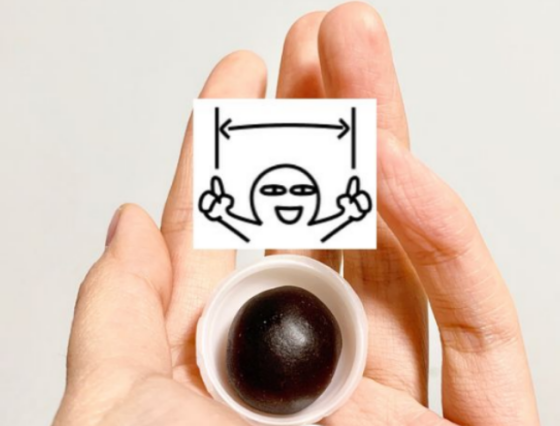
In summary, there are three main reasons:
1. Because the medicinal materials need to be finely powdered for effective use;
2. To ensure the efficacy is precise and accurate;
3. To maximize the retention of effective components from precious medicinal materials, tonifying herbs, volatile herbs, and all raw materials.
What Are the Advantages and Disadvantages of Da Mi Wan?

Advantages: They are easy to absorb and digest, especially suitable for individuals with spleen and stomach weakness, the elderly, and children. They are also easy to store, have a long shelf life, and do not contain medicinal preservatives.
Disadvantages: They can be cumbersome to take, and the dosage is large.
How Should Da Mi Wan Be Taken?
For smaller pills, they can be swallowed whole or chewed. For larger pills, you can 
choose to break, knead, or cut them.
1. Since the pills are large, they cannot be swallowed whole. Typically, they are cut into smaller pieces with a knife, then rolled into small balls by hand and taken with warm water;
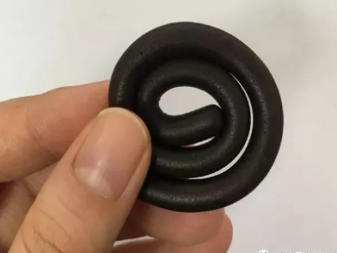

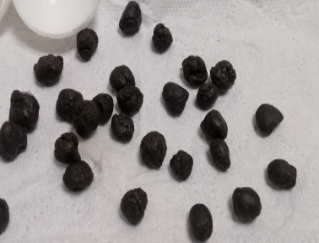
2. If swallowing is still difficult, you can place the Da Mi Wan in a small bowl, add an appropriate amount of warm water to make a paste, and then take it with warm water.
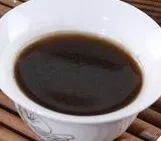
3. If the user does not mind the taste of the pills, they can be taken directly by chewing or paired with yogurt for easier consumption.

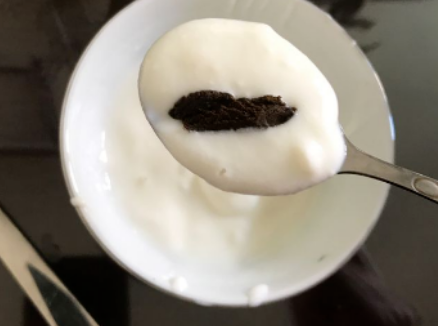
Precautions

While there are many “creative ways” to take Da Mi Wan, it is essential to pay attention to the following precautions:
1. It is best taken before meals;
2. Avoid spicy, cold, and greasy foods;
3. Patients with colds and fevers should not take it;
4. Children and patients with hypertension, heart disease, liver disease, or kidney disease should take it under the guidance of a physician;
5. Do not use if the product’s characteristics have changed;
6. Those allergic to this product should avoid it, and those with allergic tendencies should use it cautiously;
7. If symptoms do not improve after taking the medicine, seek medical attention promptly.
8. Da Mi Wan should be stored properly, as high temperatures or excessive dryness can cause it to wrinkle or crack, or it may become moldy if exposed to moisture. In such cases, it should not be taken.
Da Mi Wan exemplifies the TCM principle of “food and medicine being of the same origin,” and it has irreplaceable effects in the treatment of many chronic diseases that other forms of Chinese medicine cannot provide. Therefore, do not avoid taking it just because it is inconvenient!
Introduction to Featured In-Hospital Preparations

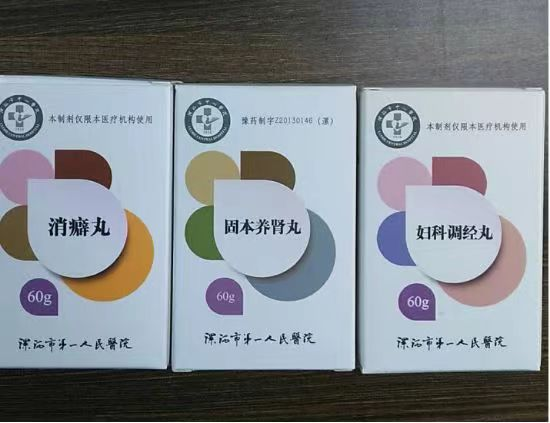
Our hospital’s Chinese medicine preparations are primarily derived from classic famous formulas and experienced practitioners’ prescriptions. Based on this, we select authentic medicinal materials and use advanced pharmaceutical production equipment for extraction and concentration, producing formula preparations that are effective, safe, and of stable quality. Commonly used Chinese medicine pills include: Gu Teng Wan (Bone Pain Pill), Xiao Pi Wan (Dissolving Mass Pill), Gu Ben Yang Shen Wan (Nourishing Kidney Pill), and Fu Ke Tiao Jing Wan (Gynecological Regulation Pill).
Our Featured Preparation “Gu Teng Wan”
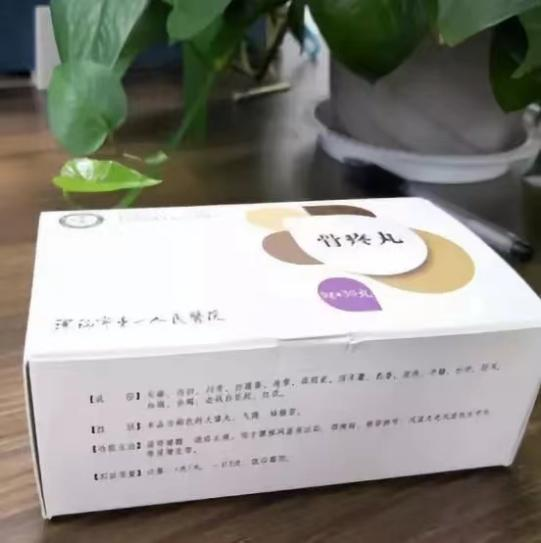
【Main Ingredients】 Tian Ma (Gastrodia Elata), Dang Gui (Angelica Sinensis), Chuan Xiong (Ligusticum Chuanxiong), Bai Jiang Can (Silkworm), Di Huang (Rehmannia), Yan Hu Suo (Corydalis), Yin Yang Huo (Epimedium), Ru Xiang (Frankincense), Mo Yao (Myrrh), Niu Xi (Achyranthes), Du Zhong (Eucommia), Fang Feng (Siler), Xue Xie (Scorpion), Quan Xie (Whole Scorpion), Jin Qian Bai Hua She (White Flower Snake), Hong Hua (Safflower).
【Functions and Indications】 Nourishes bones and fills marrow, promotes circulation and alleviates pain. Used for lumbar disc herniation, cervical spondylosis, spinal stenosis, rheumatism, rheumatoid arthritis, and bone hyperplasia.
【Specifications】 9g/pill; 6g/bag (for patients who cannot take Da Mi Wan).
【Dosage】 Oral, one pill at a time, twice a day, taken after meals.
【Precautions】 1. If pain temporarily worsens or mild dizziness occurs after taking the medicine, it is a normal phenomenon, and the dosage should be reduced; 2. For those with hypertension or heart disease, take half a pill for the first two doses and drink plenty of water; 3. Pregnant women should avoid taking it.
【Storage】 Sealed, moisture-proof.
Edited by: Yu Panpan

END
Copyright Statement
This public account is non-profit. We focus on sharing, and some articles and images are sourced from the internet, with copyright belonging to the original authors. If there are any objections, please inform us for timely removal.
Total Issue 1151
Please stay tuned



